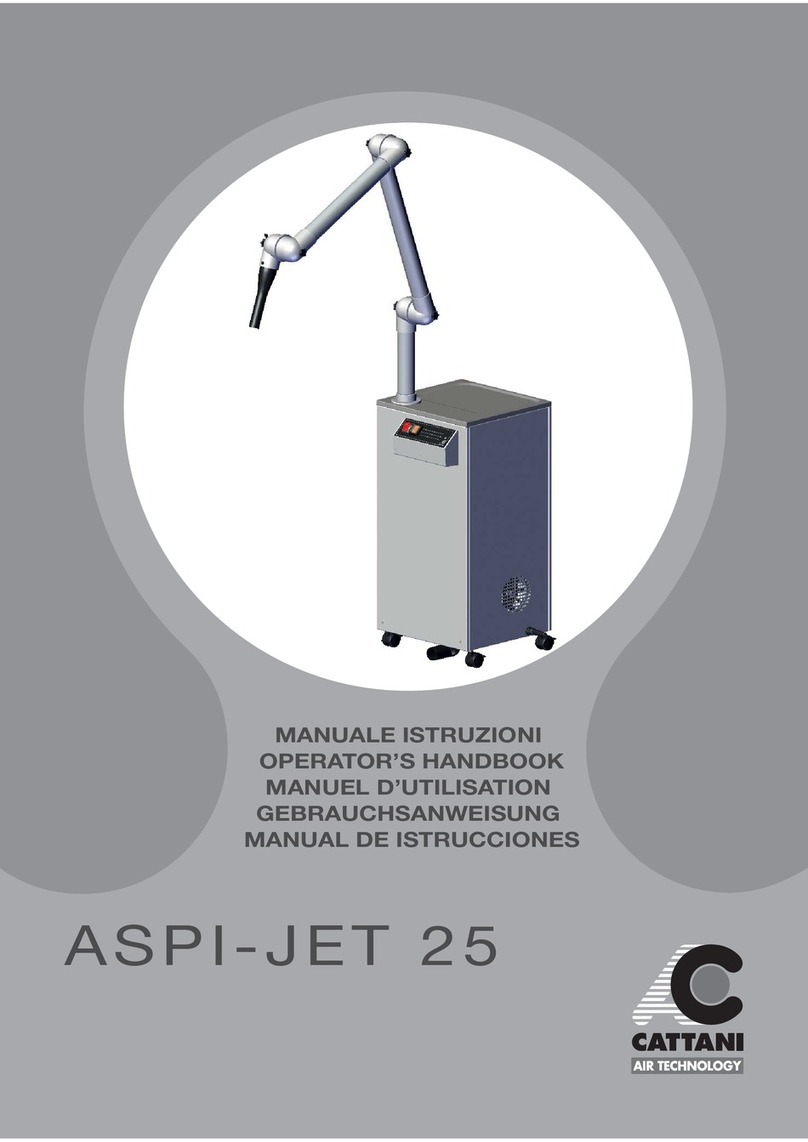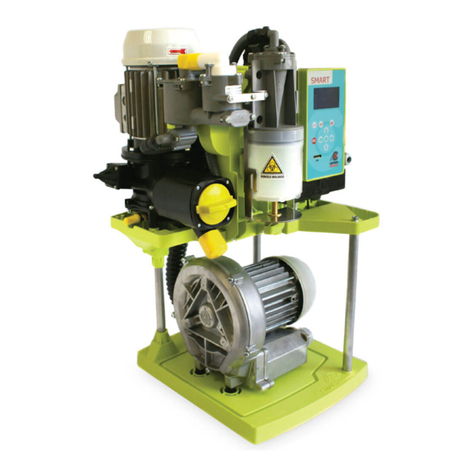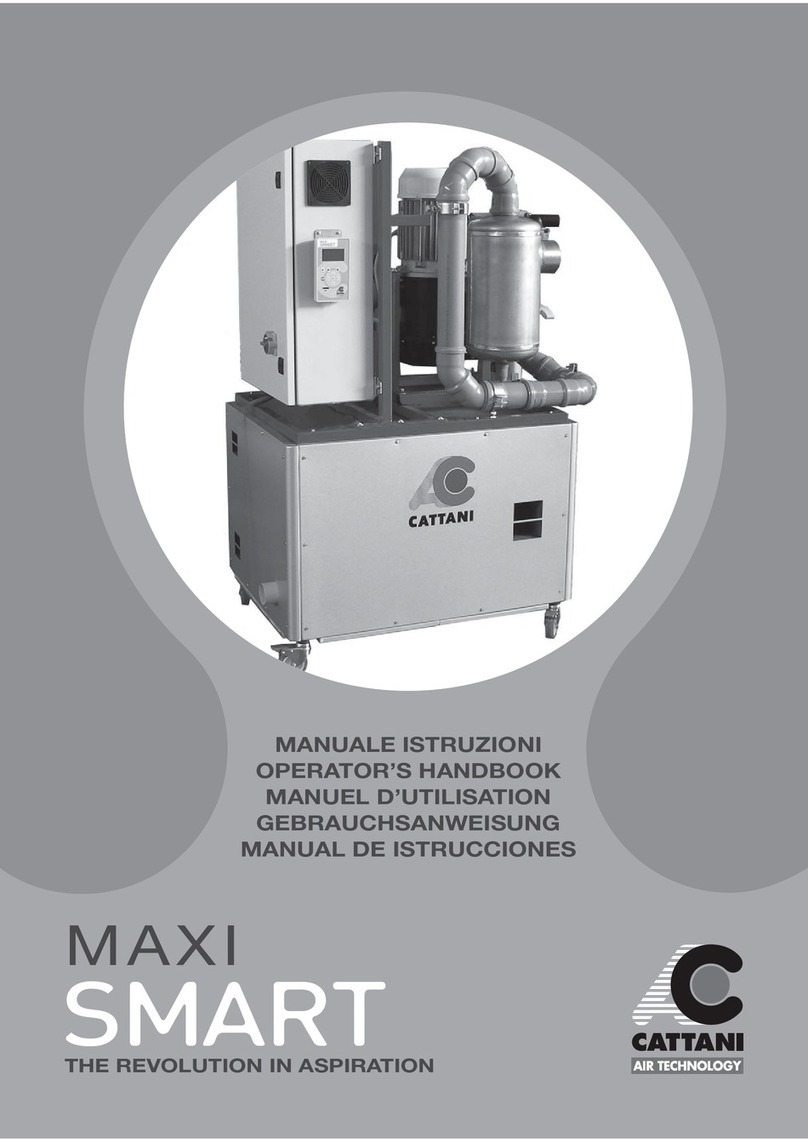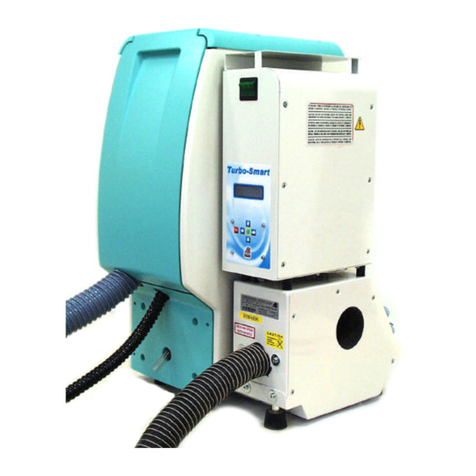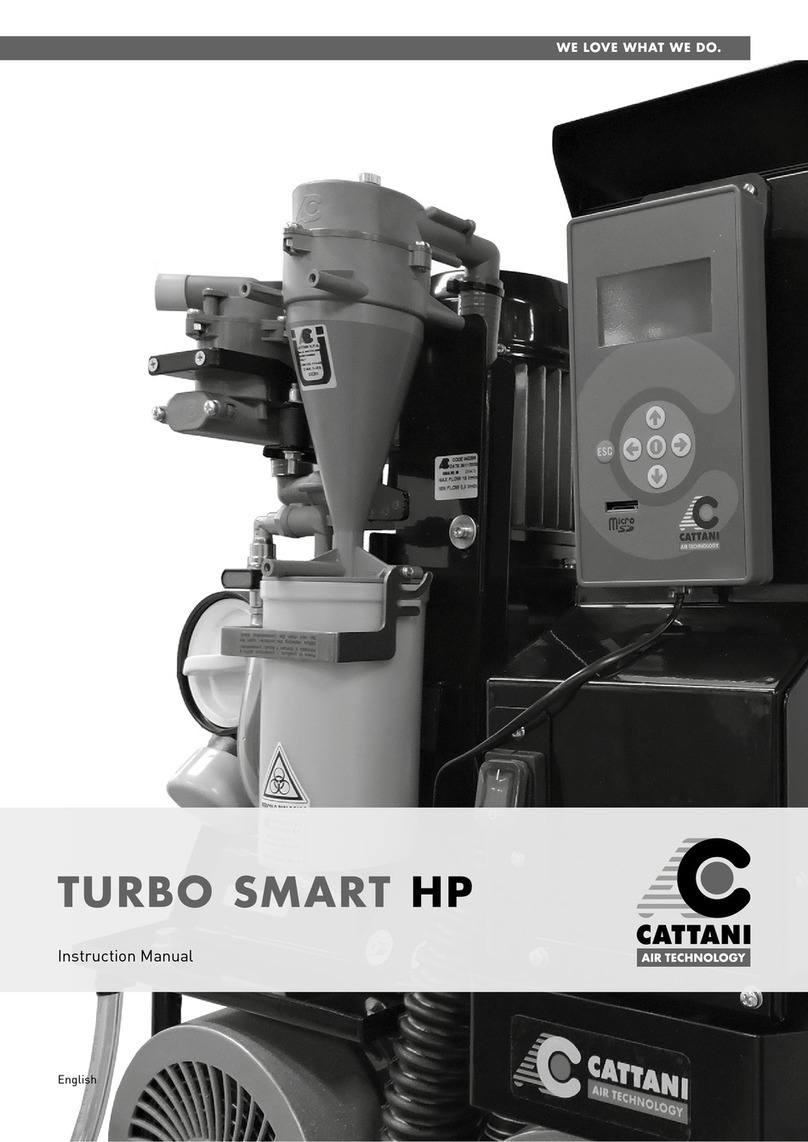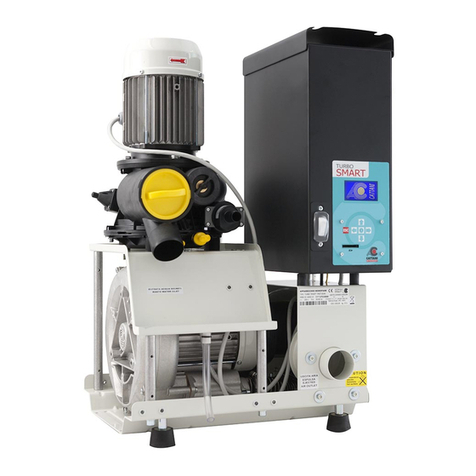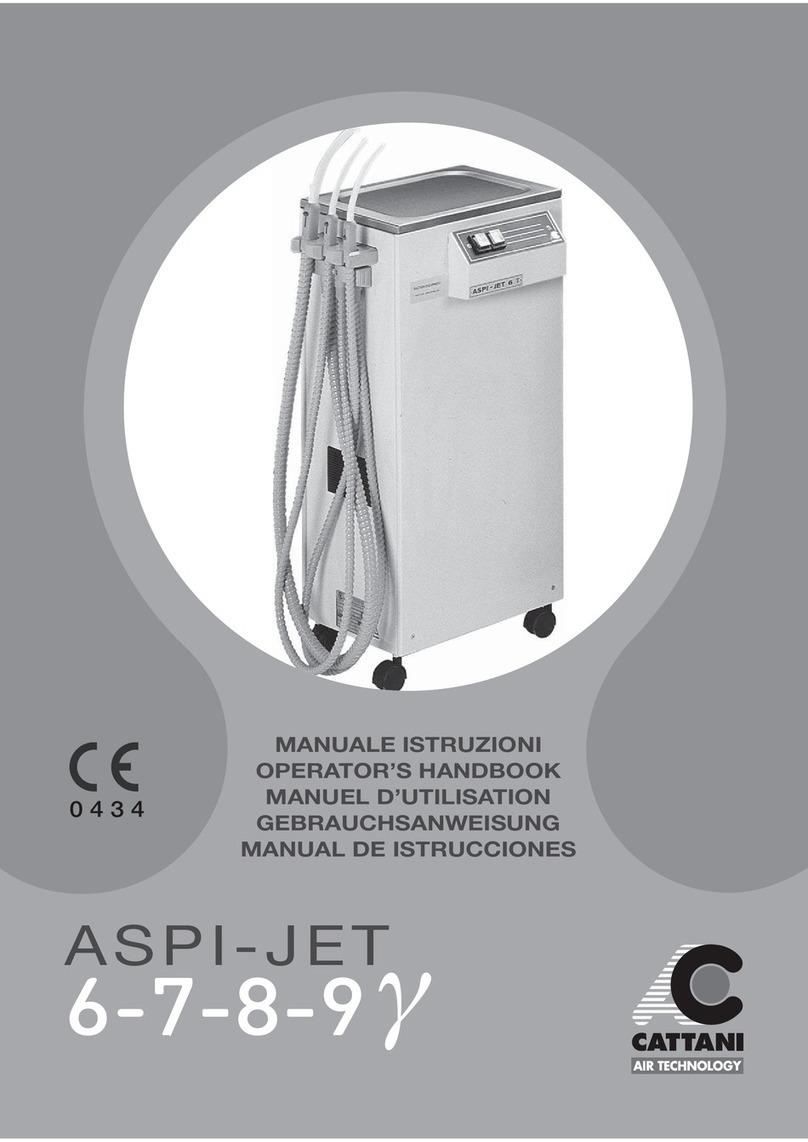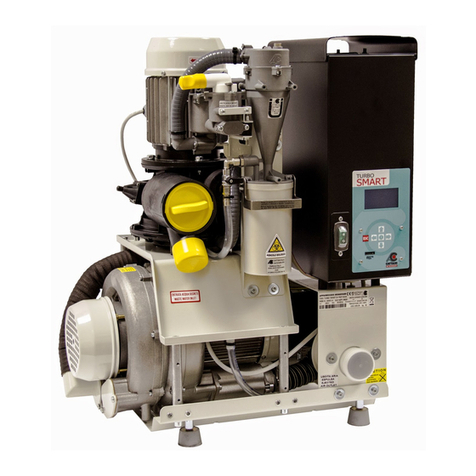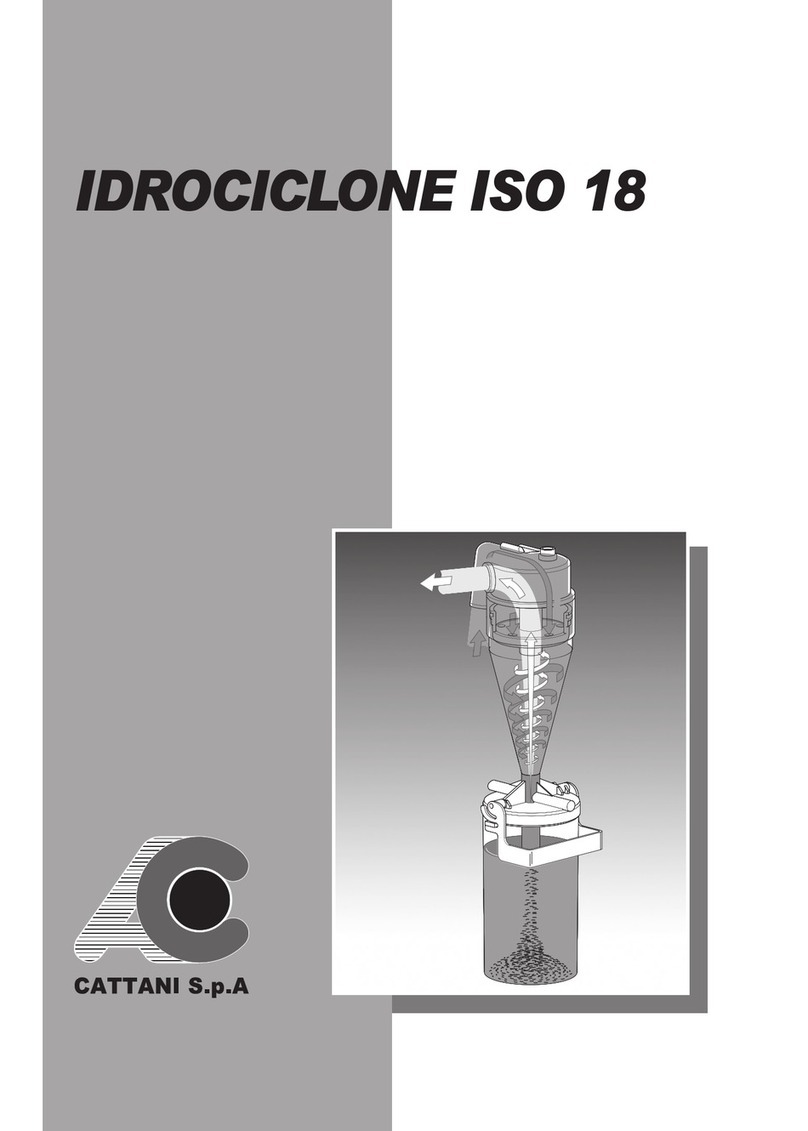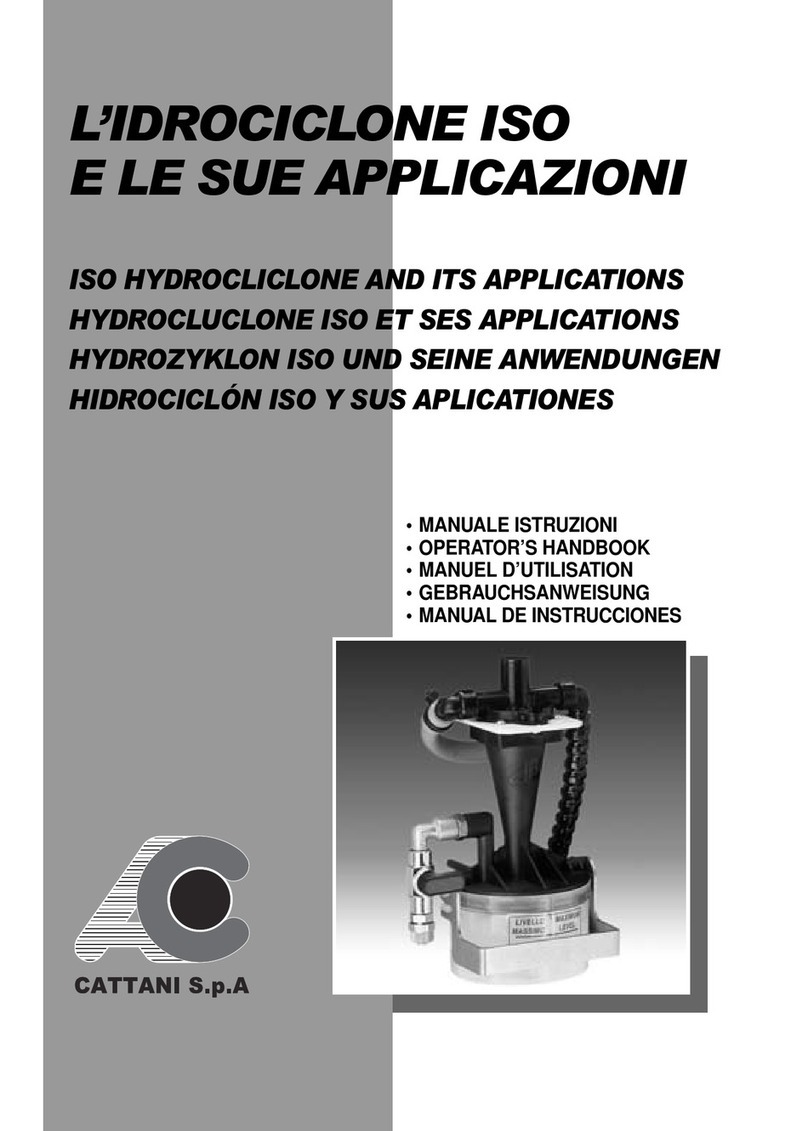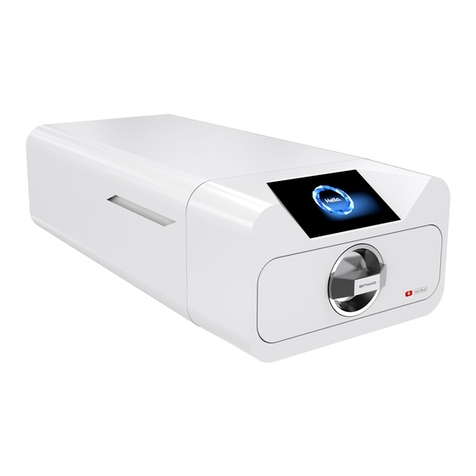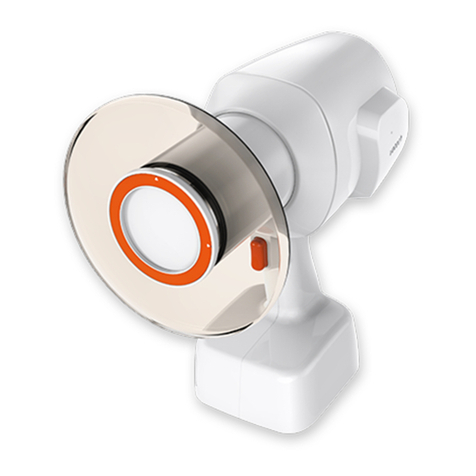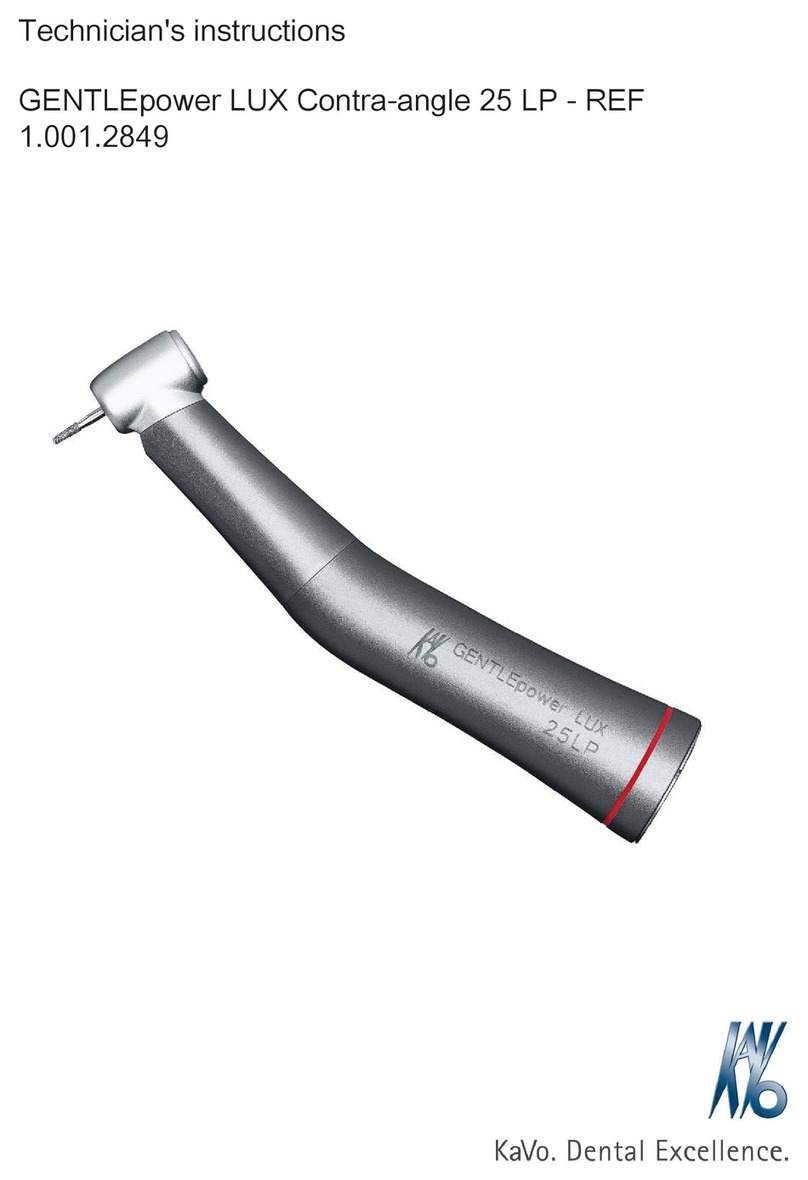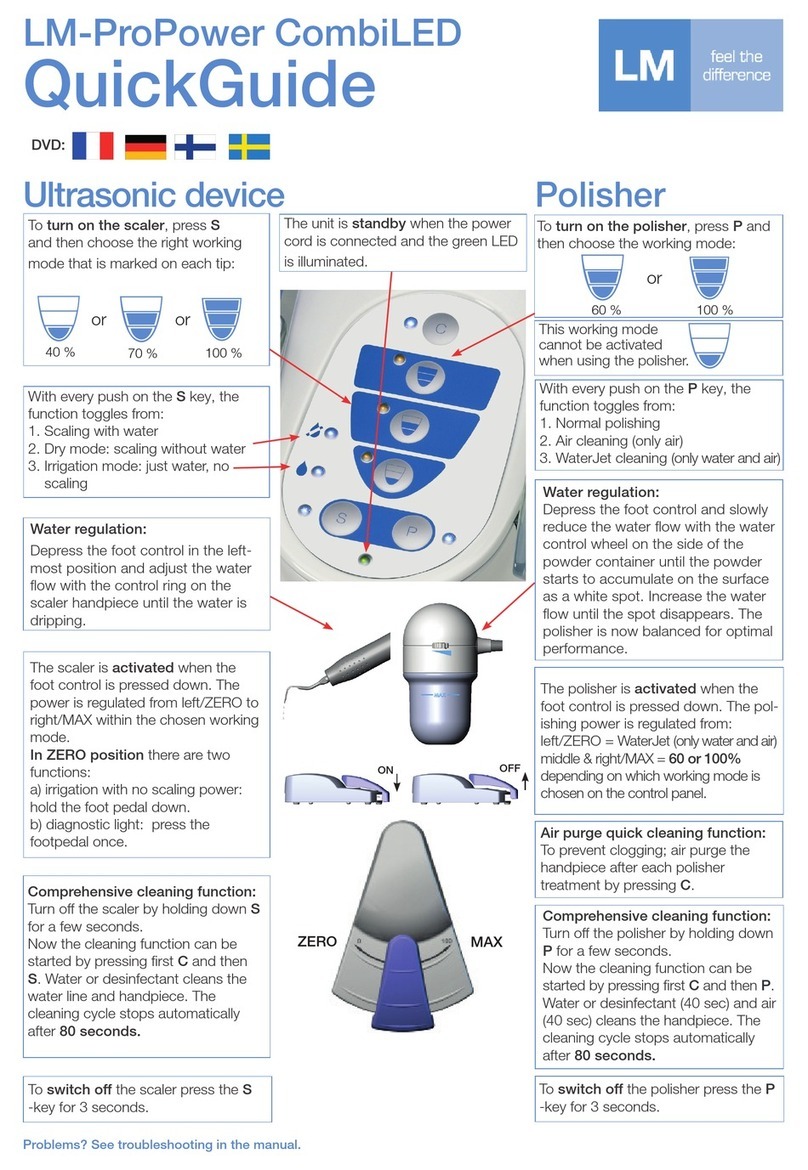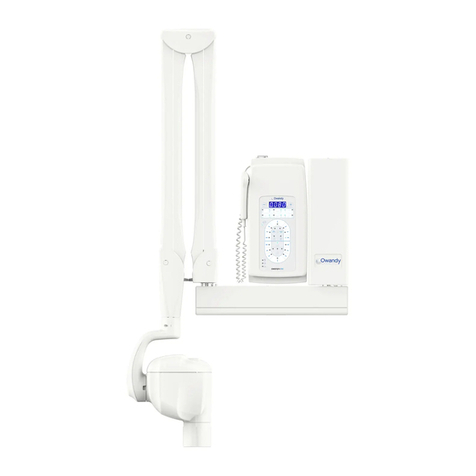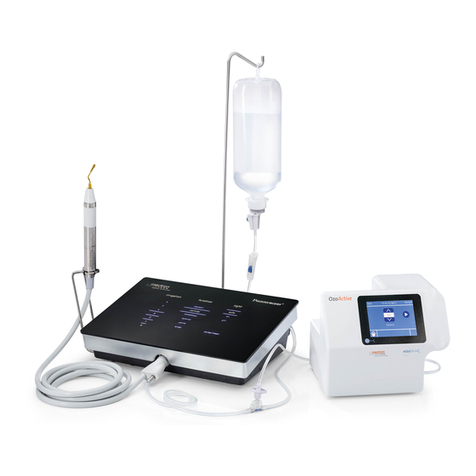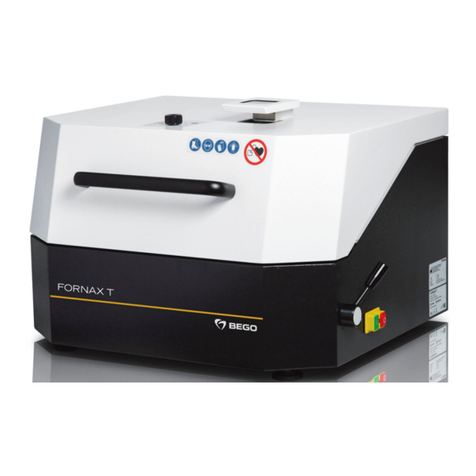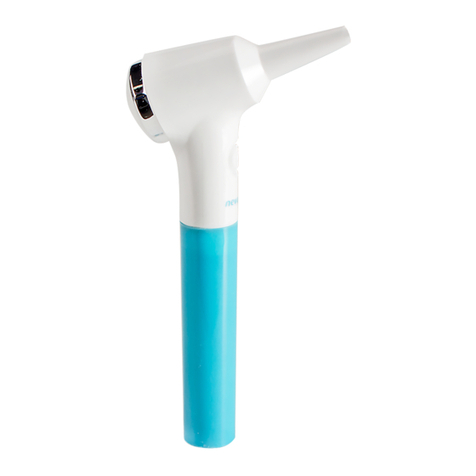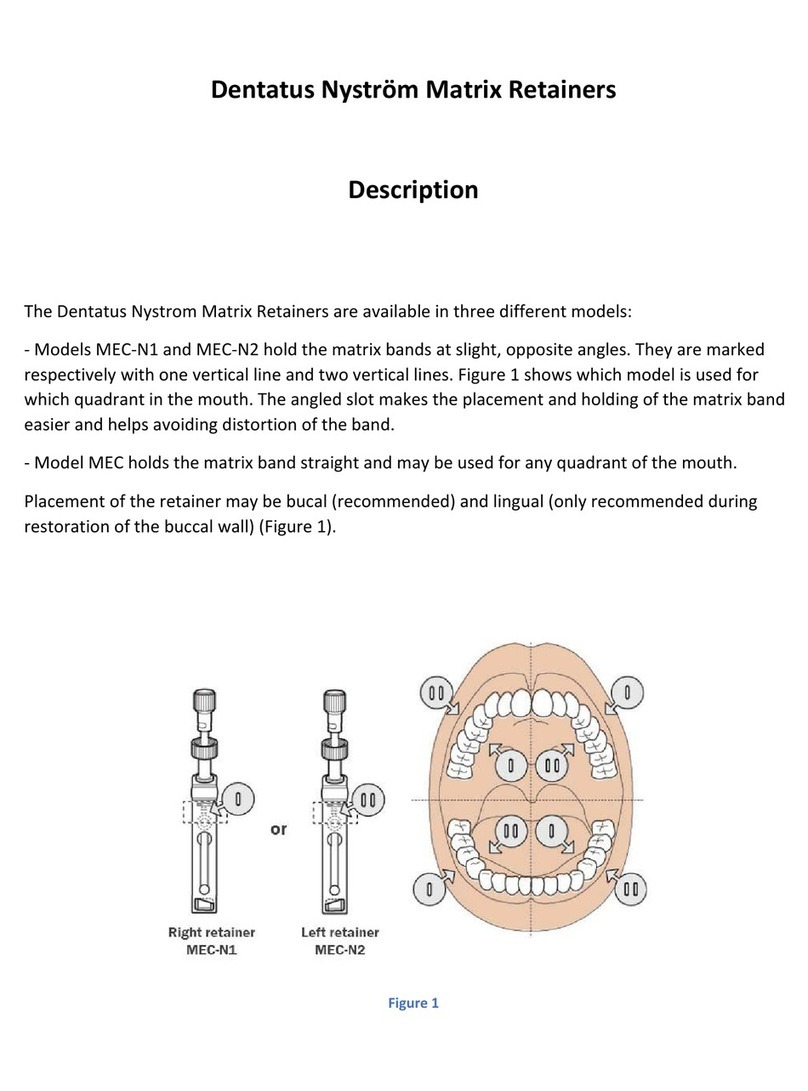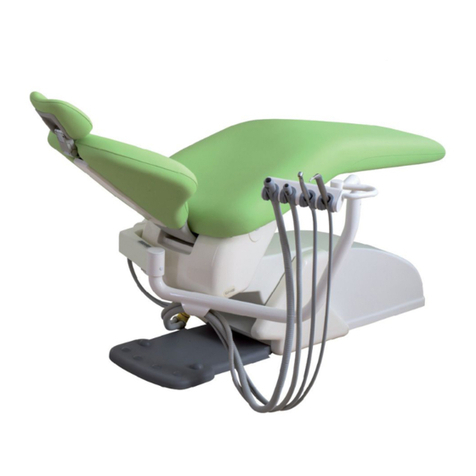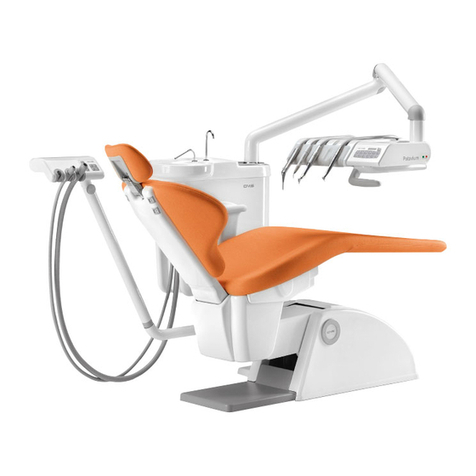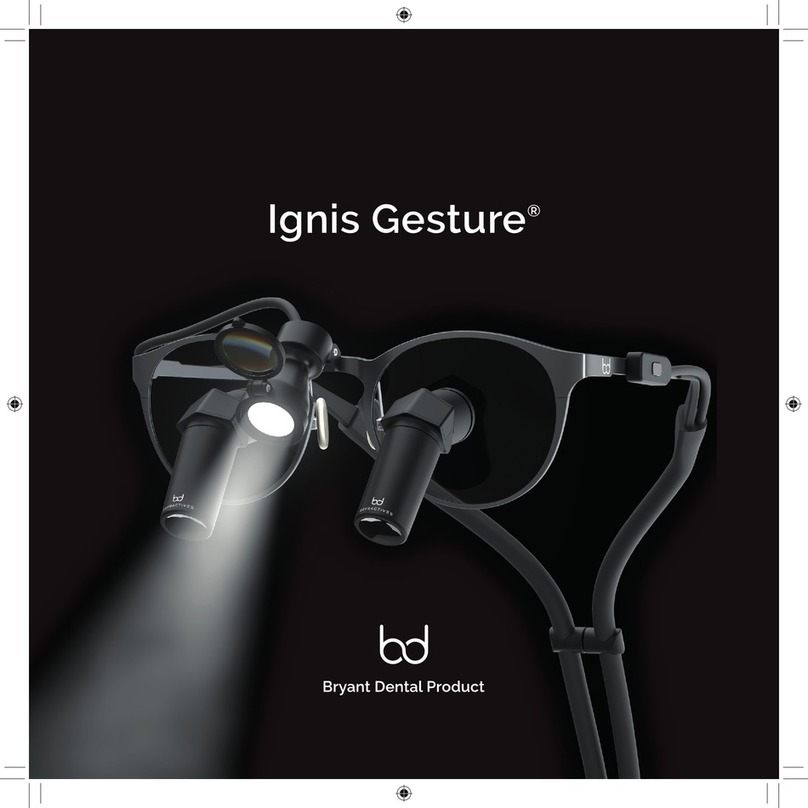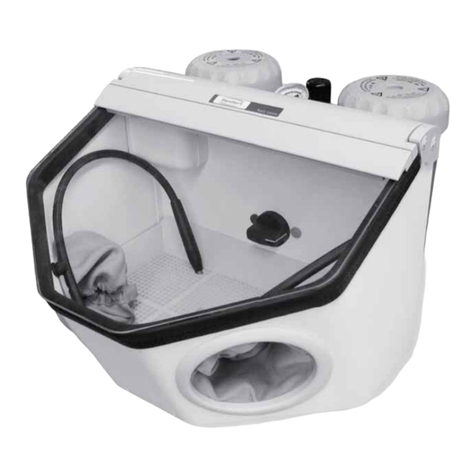
ENGLISH
13
• General recommendations and
biological hazard
• Danger of electric shocks: also 230 V
can be lethal.
• Biological danger, danger of infections
from epidemic diseases.
Before any operation on used appliances, clean them several
times with Puli-Jet plus new disinfecting detergent or other
adequate product and wait till the disinfection has been car-
ried out.
Cut off the appliance from the power mains and lock the
general switch, if provided.
For any maintenance operation wear gloves, goggles,
mask, and disposable overall. The aspirated liquid is in-
fectious and can spread infective diseases. In the Mono-
Jet αand β(ill. C, det. 8) the pump puts the aspirated uid
under pressure; for that reason, the biological hazard incre-
ases if there is a pipe break, or a failure of the appliances
under pressure.
Before operating on the appliance, read the chapter “Signals
and warnings” and “General notes and biological hazard”.
Because solid particles are aspirated together with liquids,
restraining lters are tted to assure a proper running. The
Mini-Separator requires the lter 7 on the tip support (ill. F);
the Mono-Jet tted with Maxi-Canister has also a second
lter 9 on the cover (ill. G). Filters must be cleaned daily.
To reach the lter 7 the appliance must be switched on for
some seconds with open terminals, aspirating air only so that
hoses and manifold dry completely inside; then cut off the
power and pull out the lter. To inspect the lter 9 lift up the
pipe-holder sleeve 10 (ill. G). The Maxi-Canister must be re-
moved every week and cleaned with a jet of clear running
water; at the same time, the canister must be cleaned inside
with a sponge as well as the lid and the overow control
probes. Every evening, after cleaning the filters, it is very
important that a solution of Puli-Jet plus new and warm
water is aspirated; follow the instructions on the bottle
label to prepare the solution.
This cleaning and disinfecting aspiration must be carried
out by means of Pulse Cleaner (ill. H). Pulse Cleaner cre-
ates the necessary turbulence for a complete cleansing.
Insert the disinfectant antifoam tablets in the aspirator that
has been previously cleaned and disinfected. The day after, at
the resumption of work, passing through the lter, the aspira-
ted liquid will catch some particles of detergent-disinfectant
and antifoam for the continuous control of bacterial plaque.
We strongly recommend avoiding the use of detergents, even
with reduced foams, since turbulence and ow of aspirated
air increase enormously the quantity of foams, causing inter-
ruptions, damage to the aspirator and in time also bad smells.
• General recommendations and biological
hazard
• Maintenance and cleaning
• Maintenance and cleaning
7
10
9
Ill. E
Ill. F
Ill. G
